Join the author, Néstor T. Carbonell, as he shares a critical analysis of the Castro-Communist regime and explores the challenges and opportunities that will likely arise when freedom finally dawns in Cuba.
CHAPTER 6: I Inside a Doomed Expedition: The | Bay of Pigs (January-April 1961)
The CIA and the JCS reluctantly went along with this plan upon the understanding that full air cover would be provided at the crack of dawn on D-Day.12
On April 14, the president, intent on further playing down the magnitude of the imminent invasion, instructed Bissell to cut the size of the air strike scheduled for D-2 (April 15) from sixteen aircraft to eight. Bissell’s impression was that «Kennedy issued this instruction without consulting the JCS or the secretary of defense.»13 Owing primarily to the cutback, about half of Castro’s offensive air capability, including the deadly T-33 jet fighters, was not destroyed or neutralized during the April 15 air raids.
Then the White House proceeded to cancel the air strikes that were planned for D-l and for early morning of D-Day. McGeorge Bundy notified General Charles Cabell, deputy director of the CIA, that no further air strikes would be permitted until the landing force had secured an airstrip within the beachhead. He also curtly told Cabell that any further discussion on the matter should be with Secretary of State Dean Rusk.
Cabell and Bissell immediately went to see Rusk, who explained that the decision had been made by the president for «political considerations.» Castro’s secretary of state had accused the United States at the UN Security Council of masterminding the bombing conducted by fake defectors, and Ambassador Adlai Stevenson—furious for not having been forewarned of the ploy—insisted that any further air strikes would make the US position untenable.
Cabell and Bissell, deeply distressed, argued that the strikes were essential to protect the brigade, and they informed Rusk that it was too late to stop the overall landing operation as the convoy was just beginning to put the first boat ashore. To drive the message home, they warned that failure to proceed with the planned air strikes against Cuban airfields, a harbor, and a radio broadcasting station, and to control the air at dawn on D-Day, «would clearly be disastrous.» Rusk did not budge. He confirmed that the White House’s decision to cancel the air strikes would stand, and Cabell and Bissell saw no point in appealing directly to the president.
To compensate for the lack of the vital air strikes, Cabell called Secretary Rusk at his home at 4:30 a.m., April 17 (D-Day), and requested that the US Navy in the area provide air protection to the invasion ships they withdrew from the beachhead. Rusk telephoned the president and allowed Cabell to make his case directly to him. Kennedy’s response was unequivocal: «Request for [navy] air cover disapproved.»14 The upshot of these last-minute decisions spelled doom, but the brigade commanders, unaware of what was going on in Washington, proceeded in high spirits with the landing. As described by the Miami Herald (April 20, 2006), «Eduardo Zayas-Bazan fired the first shots at the Bay of Pigs as he sneaked on shore with five other men as part of an underwater demolition team. As the inflatable boat was nearing the ich, a Cuban army jeep heard a noise and was turning its headlights toward the water. Grayston Lynch, an American [CIA case officer] who ined the brigade, gave the order to fire, and they did, destroying the .» That went fine, but huge problems soon arose. First was the inability to effectuate a diversionary landing in the far-eastern province of Oriente just prior to D-Day. The operation was be carried out by a group of about 168 Cuban combatants, trained by CIA in New Orleans and led by Nino Diaz, who had fought alongside Raul Castro in the Sierra Maestra. Their reconnaissance platoons reportedly saw many armed militias surrounding the area where they were supposed to land. Thinking that it was a trap, Diaz decided not to land.
But the worst news came from the Bay of Pigs. Unable to complete the unloading before dawn, two of the old freighter ships used for the landings were sunk or grounded by unopposed Castro fighter es. As a result, the ten-day reserves of ammunition on boarcL-fts 11 as food, hospital equipment, and gasoline, were lost. Two of the other freighter ships had to put out to sea without unloading all the war materiel. The fifth one, the Lake Charles, carrying reinforcements, including my Operation 40 unit and a medical team with outstanding Cuban doctors who had been promised a hospital ship that never appeared, was ordered to remain on standby off Cuban territorial waters because of the continuous attack by Castro’s fighter planes. That order from the command ship not to land infuriated us at the time but possibly saved our lives.
Major General George Reid Doster, who had been recruited by the CIA to train and direct the brigade’s pilots, foresaw what would happen as a result of the cancellation of the D-l air strikes and the early morning D-Day air cover. When informed of that critical decision at the rear base in Puerto Cabezas, Nicaragua, he threw his cap to the ground and yelled, fuming in anguish, «There goes the fuckin’ war!»15 Sadly, his presage proved to be right.
WHAT WENT WRONG, AND WHY?
The whats are, to some extent, well-known, but the whys remain cloudy. The purpose of delving into the causes of the failure of the invasion, including the motives that drove the fateful decisions, is not to point fingers and apportion blame but to extract from the disaster some useful lessons. With that in mind, we’ll focus on those who played, or should have played, a key role in the final stages of the operation: President Kennedy, the CIA, the JCS, and the Cuban exile and resistance leaders.
PRESIDENT KENNEDY
Historians, analysts, and psychologists still ponder what accounted for Kennedy’s strange conduct throughout this process, particularly his indecisiveness (he gave his reluctant go-ahead only twenty-four hours before the landing) and his micromanagement of the operation, whittling it down to bare bones and condemning it to failure. Was it poor advice he got from the «experts»—the CIA and the JCS—as he limed, or was it that he simply was unprepared to tackle this complex id contentious issue so early in his presidency? To what extent did le president’s Addison’s disease and persistent back pain, alleviated )y extra doses of cortisone, synthetic hormones, and painkillers, affect his judgment and willpower? Was he held back by the fear of Soviet retaliation in Berlin or by the futile attempt to conceal the widely known or presumed US involvement in the invasion?
Perhaps all those factors influenced his performance. But still the crucial question remains: Why, instead of emasculating the operation, lid Kennedy not simply cancel it? This is where the political side of the story comes in. As Allen Dulles reminded the president, there was «the disposal problem»: what to do with the brigade if the invasion were canceled. How to deal with the expected outcry of the US-trained Cuban >edom fighters, who would feel double-crossed by the White House?
McGeorge Bundy foresaw the political consequences of calling off le invasion. He commented, «The Republicans would have said: ‘We fere all set to beat Castro, and this chicken, this antsy-pantsy bunch of liberals.’… There would have been a political risk in not going through nth the operation. Saying no would have brought all the hawks out )f the woodwork.»
The «disposal problem» and its potential reverberations certainly weighed heavily in the president’s ultimate decision. He pondered the )s and cons of canceling versus going ahead with the pared-down oration and concluded that the cost of abandonment outweighed the )litical risk of defeat. With that in mind, he confided to Schlesinger: «If have to get rid of these eight hundred men [the brigade fighters], it is mch better to dump them in Cuba than in the United States, especially «that is where they want to go.»
One could argue that the president didn’t really mean what his callus words implied. But what is indisputable is that the young Cuban riots, who in good faith relied on the support of the United States, /ere indeed dumped in Cuba with scant chance of success.
THE CIA AND THE JOINT CHIEFS OF STAFF
The record shows that the CIA and the JCS recommended to President Kennedy the Trinidad plan as the most favorable course of action under the circumstances. They raised serious issues and concerns when Kennedy rejected Trinidad, pressed for a «less noisy» alternative (the Zapata plan), and then canceled half the air strikes prior to D-Day and the vital air cover during the landings.
Yet, despite their caveats, why did the CIA and JCS ultimately go along with the president and not vigorously push back or urge him to call off the invasion? Was it because they (particularly the CIA chiefs) were too emotionally committed to the invasion? Perhaps, but not to the point of embarking on such a risky venture without having a card up their sleeves. Was it that they were counting on the elimination of Castro entrusted to mobsters Johnny Roselli, Salvatore «Sam» Giancana, and Santo Trafhcante?
Circumstantial evidence suggests that both President Eisenhower and President Kennedy were aware of the assassination plot, which envisaged poisoning Castro with botulinum toxin just prior to the invasion.18
As early as February 17,1960, President Eisenhower had questioned why the secret 5412 Cuba Group was not trying to identify alternative approaches to the Castro problem, «including even possible things that might be drastic.» He added that «he didn’t mind making the study of possible courses, but he wanted to make it clear that this action is forbidden until the Group has fully reviewed it, and if they think we should go ahead, he would like to be involved.»19
As for President Kennedy, he reportedly told his old friend and confidant Senator George Smathers of Florida that the CIA had led him to believe Castro would be assassinated before the invasion.20
The bizarre plot, however, was not a crucial element of the overall Cuba plan. So when it failed to materialize, no one in Washington viewed the foul-up as a major setback warranting the cancellation or postponement of the operation.
What most likely led the CIA and the JCS to support the pared-down Zapata plan was the expectation that Kennedy would not allow it to fail. If things didn’t work out as planned, they likely thought, the president would change his mind and authorize US military support to ensure success.
The Pentagon was certainly prepared for that contingency with standby forces in Florida and the isle of Vieques, off Puerto Rico, and with an imposing armada assembled near the Bay of Pigs. Admiral Arleigh Burke, chief of naval operations, reportedly placed twenty-two warships in the area. They included «a submarine, the aircraft carrier USS Essex with its jet fighters, the helicopter carrier USS Boxer, which carried a complement of two thousand combat-ready Marines, and twelve destroyers.»21
Since the fleet of warships was not stationed close to the battle zone just to watch impassively how the Castro forces crushed the brigade, Admiral Burke and others in the Pentagon and the CIA believed (or hoped) that President Kennedy would relent and authorize them to use some of the available US assets if urgently needed to turn the tide.
The admiral did his best to stave off the ensuing debacle. This is what transpired of the historic Burke-Kennedy exchange when the brigade, short on ammunition and under incessant attack by Castro jets and heavy tanks, was desperately struggling to survive:
It was close to midnight, April 19 (D+2). The president, dressed in white tie and tails, had just wrapped up his first gala event at the White House (the traditional congressional reception). He walked to the mansion of the West Wing to review the grim Bay of Pigs situation. Admiral Burke did not beat around the bush.
«Let me take two jets and shoot down those enemy aircjaft,» he asked the president.
«No,» Kennedy replied, «I don’t want to get the United States involved in this.»
«Hell, Mr. President,» Burke retorted, «we are involved!» Burke didn’t give up. «Can I not send in an air strike?» «No.»
«Can we send in a few planes?»
«No, because they could be identified as United States.» «Can we paint out their numbers?» insisted Burke. «No,» the president firmly replied. «One destroyer, Mr. President?»
Kennedy remained adamant. «No» was his unequivocal answer.22
It was close to 2:00 a.m. when the president, still in white tie and tails but visibly distraught, finally relented—but not much. He authorized six unmarked US jets to fly over the beaches, for one hour only, to provide cover for a squadron of the brigade’s B-26 bombers that remained operational (most had been shot down or severely damaged, mainly by Castro’s T-33 jets). The limited «umbrella» would also enable the brigade ships in the area (including the Lake Charles, where I was) to unload ammunition and reinforcements.
Unfortunately, this tardy and half-hearted attempt to salvage the besieged brigade went awry. Owing to a timing mix-up, the US Skyhawks arrived too late to provide the brief air cover. Two of the brigade’s bombers flying from the Nicaragua rear base were shot down by Castro’s jets, killing four American trainers who had gallantly volunteered to fill in for some of the exhausted and dispirited Cuban pilots. And the brigade ships that tried to unload the desperately needed supplies and reinforcements were unable to accomplish their mission.
The outcome could not have been worse for the cause of freedom. Close to fourteen hundred Cuban patriots, trained, armed, and steered by the United States, were abandoned to their fate; the Pentagon’s armada—so close to the Bay of Pigs—was barred from lending a hand to the freedom fighters, even when they ran out of ammunition and urgently asked for help; US honor and credibility were stained; and Castro and the Communists emerged victorious, boasting «the first great defeat of Yankee imperialism.»
Cuban Exile and Resistance Leaders
e big remaining question: What role did the Cuban exile and resis-ce leaders play in the Bay of Pigs saga? Were they kept in the dark the CIA and the White House, or did they fail to see or react to ubling signs? Were they misled, or did they delude themselves with dose of wishful thinking? Following are salient episodes of their story, ignored or glossed over most historians:
It was late January 1961, less than three months prior to the Bay Pigs invasion, and Tony Varona, the head of the leading anti-Castro ganization backed by the United States (the «Front»), still had not .en allowed by the CIA to visit the Trax training camp in Guatemala, e CIA did not want the «politicians» to meddle in military affairs, ‘arona’s controlled anger turned to rage when he learned that a major spute at the camp threatened to fracture, if not dissolve, the brigade.
Under considerable pressure from Varona, the CIA finally permit-d him and two other Front leaders to visit the camp. Although Tony ced a tense situation on arrival, inflamed by leadership issues, he ly settled the dispute and uplifted the morale of the troops. Before returning to the United States, Varona had a private conver-tion with Lieutenant Colonel Frank Egan, who was in charge of train-g the Cuban recruits at camp Trax, including Tony’s son, a brother, d a nephew who had enlisted. When Varona questioned whether e brigade could stand up against the thousands of armed men Castro ould mobilize, Egan responded with a reassuring smile: «Don’t worry, \ Varona, we will have complete control of the air, and Castro won’t able to move a single car or truck any place in Cuba.» The colonel o promised to discuss the invasion plan with Varona before D-Day.23 The recruitment drive was stepped up, and word spread that the nned assault would soon be launched. Despite the excitement that is generated within the Cuban community in Florida, Eduardo artin-Elena, the titular head of the Front’s military affairs based in
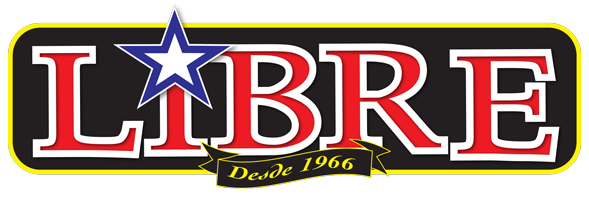
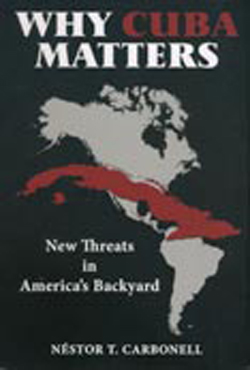

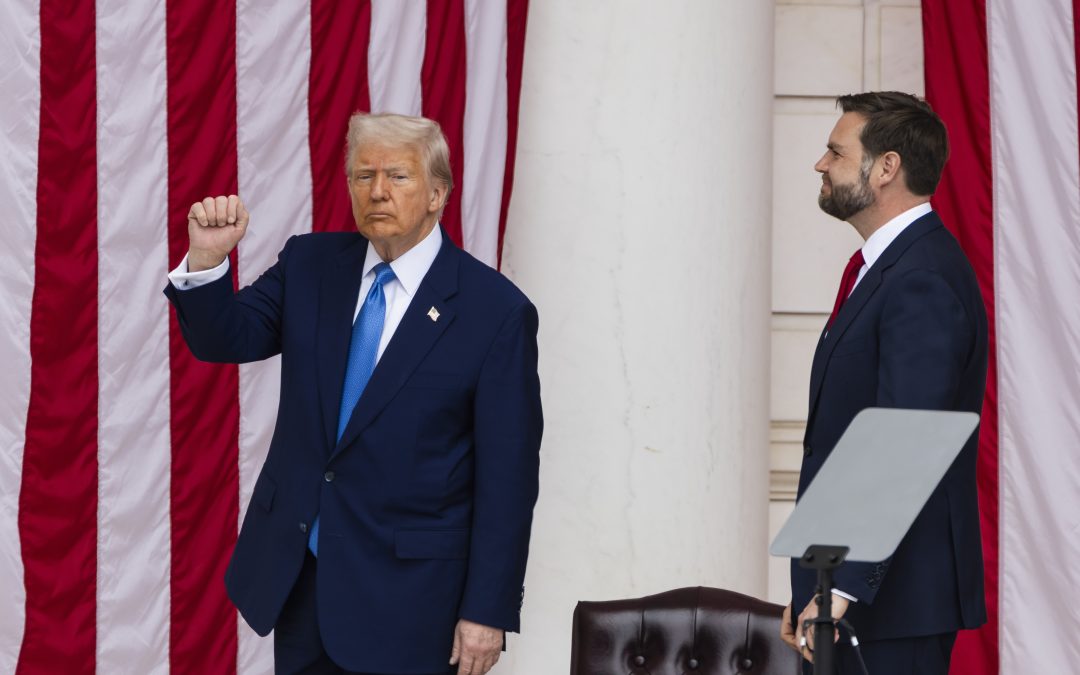
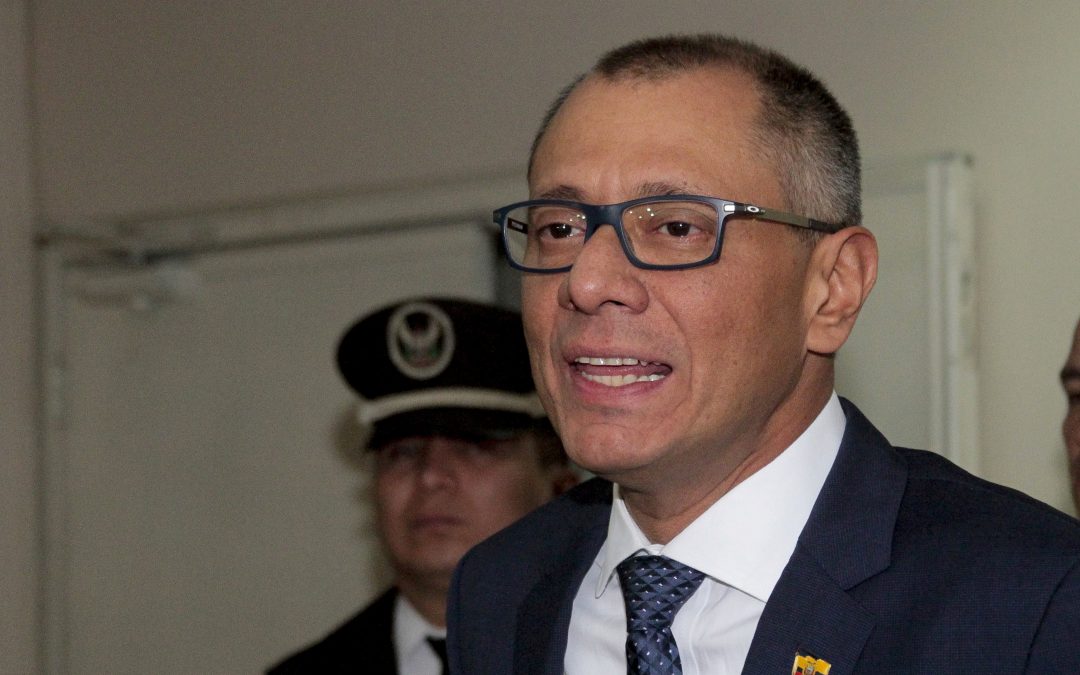
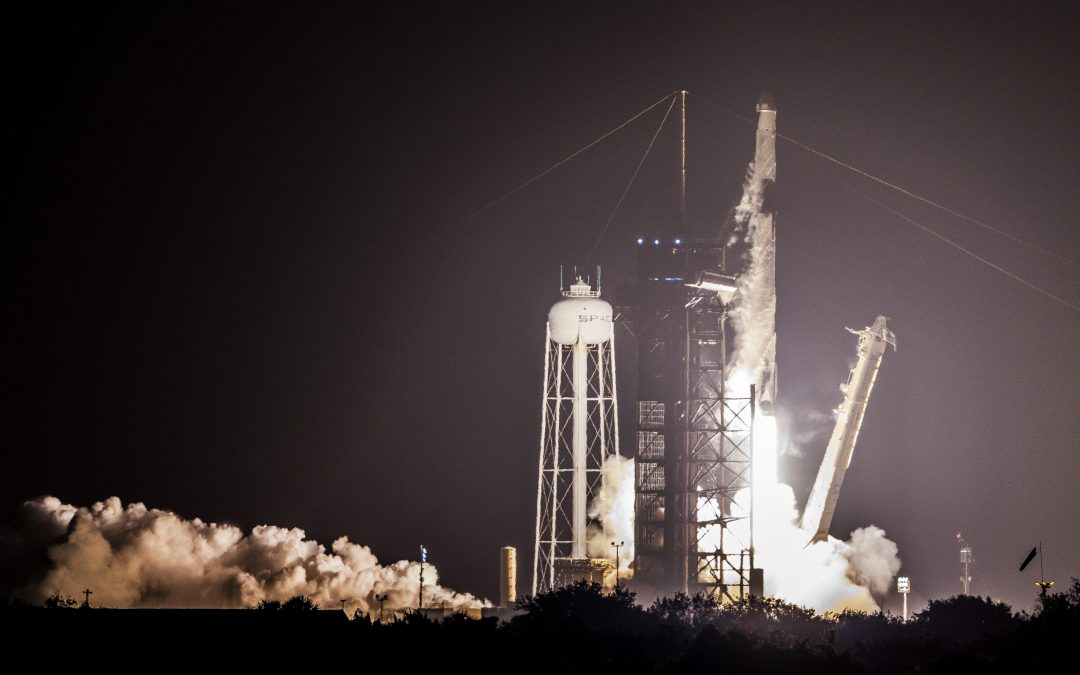
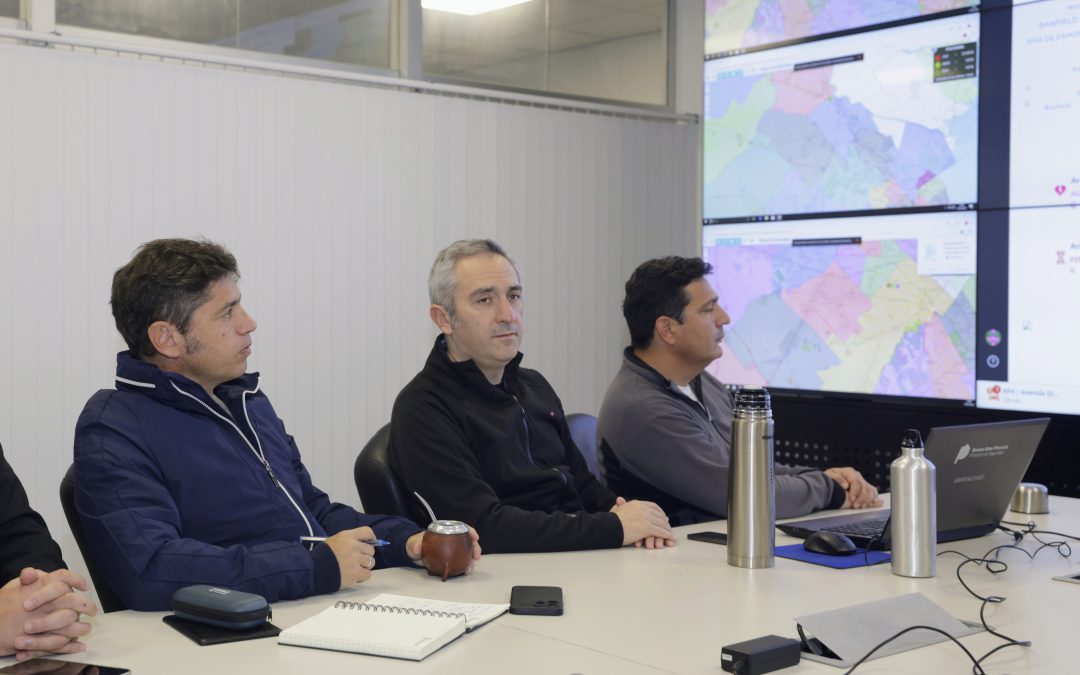






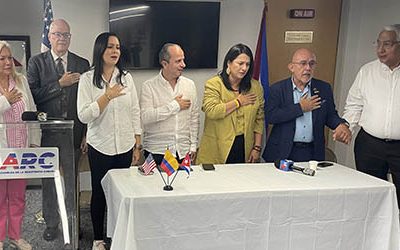
0 comentarios